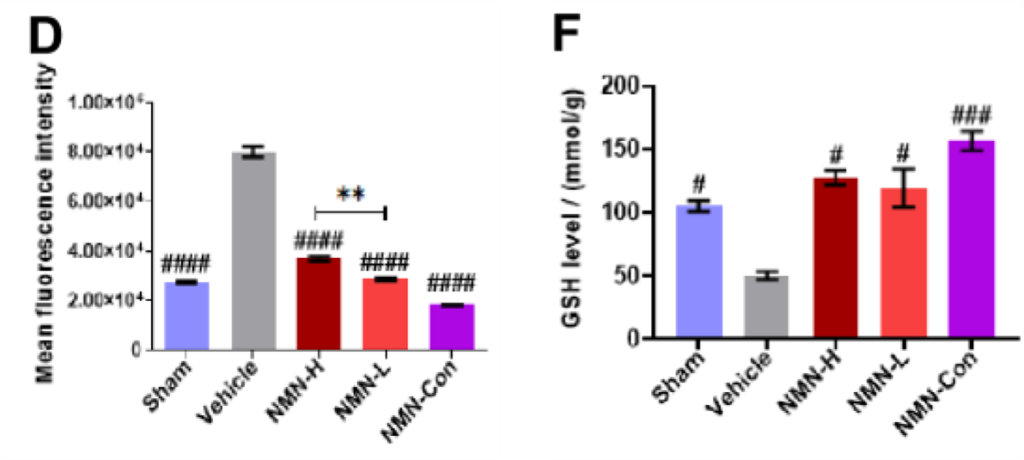Scientists Find NMN Counters Lung Damage Caused by Dust Inhalation
As an antioxidant promoter, NMN decreases lung damage in a mouse model of silicosis — an inflammatory lung disease caused by long-term inhalation of silica dust particles.
Highlights:
- NMN treatment reduces lung damage and lung scarring in mice exposed to silica — a mineral constituent of sand found in industrial materials like concrete.
- Reduced inflammatory cells were seen in the lungs of mice treated with NMN.
- NMN increases glutathione — a potent antioxidant associated with mitigating the effects of aging.
Aging is often associated with an increased risk of lung injury and lung disease, and advanced age has been shown to lead to an enhanced inflammatory response to lung assaults. Now, a recent study shows that nicotinamide mononucleotide (NMN) treatment may reduce injury due to silica inhalation, possibly modeling NMN’s ability to help reduce injury due to other inhaled particulates.
The study, out of China, published in Nutrients, focused on male mice subjected to silica-induced lung injury, or silicosis. Silicosis promotes cellular damage — oxidative stress — by increasing reactive oxygen species (ROS) – highly reactive oxygen-containing molecules. Treating mice with NMN reduced lung damage, leading to positive tissue changes and reduced inflammation. Additionally, oxidative stress was decreased, ROS reduced, and glutathione increased.
“This study reveals that NMN supplementation might be a promising strategy for mitigating oxidative stress and inflammation in silicosis,” the scientists wrote.
NMN Reduces Lung Tissue Damage in Silicosis
To model silicosis, silica was introduced directly into the trachea of mice. The mice were then treated with either saline (meaning no treatment), low-dose NMN (500 mg/kg/day), or high-dose NMN (1000 mg/kg/day). After 28 days, both doses of NMN reduced collagen within the lungs – indicative of decreased lung scarring. NMN treatment also maintained the structure of alveoli – air sacs in the lungs where oxygen is exchanged.

Silica particles are nearly impossible for the body to degrade, leading to continuous damage to the lungs via oxidative stress. This oxidative stress recruits inflammatory cells to the site of damage, inducing more inflammation. However, the researchers found that with NMN treatment, this cycle of continuous assault was prevented with NMN restoring inflammatory cell levels back to nearly normal levels after 28 days of treatment.

Furthermore, Wang and colleagues found that, after 28 days, both high and low doses of NMN effectively decreased ROS. Additionally, glutathione – a key antioxidant that neutralizes ROS – was increased with NMN,suggesting that NMN can help reduce the oxidative stress caused by silica.

NMN for Lung Injuries
Wang and colleagues show that NMN may be a promising treatment for silicosis. Other models of lung injury, including sepsis-induced lung injuries and cigarette-induced lung fibrosis, have also been shown to be positively affected by NMN treatment. These studies hold promise for both those affected by lung injury, as well as those affected by aging lung tissue. With NMN effectively reducing oxidative stress in the lungs, it holds the possibility of doing the same for aging tissue.
Previous work has actually shown that NMN helps to reduce signs of aging and functional decline in the lungs of old mice. However, clinical research studies with long-term follow-up are needed before determining the full extent of NMN’s benefits on human lungs.
Model: Male C57BL/6J mice
Dosage: 500 mg/kg or 1000 mg/kg of NMN via intratracheal instillation

